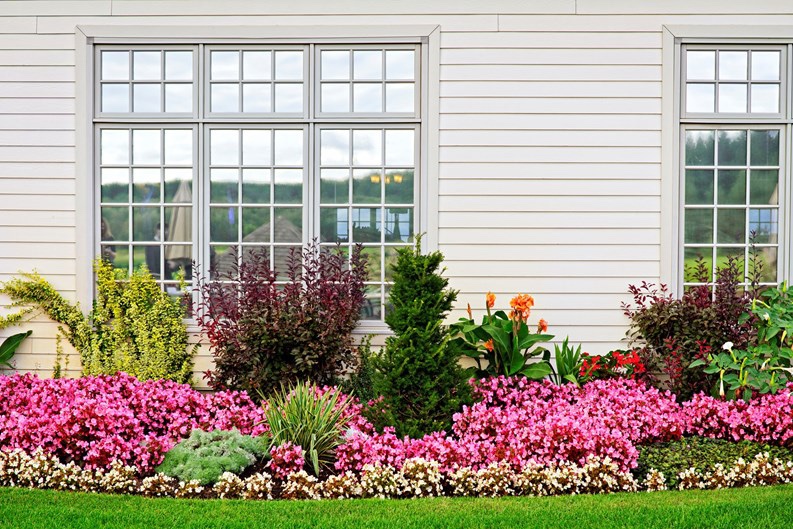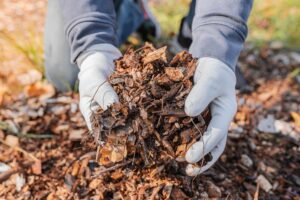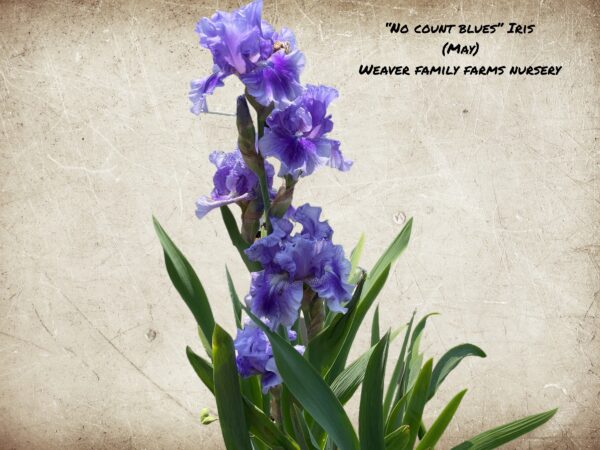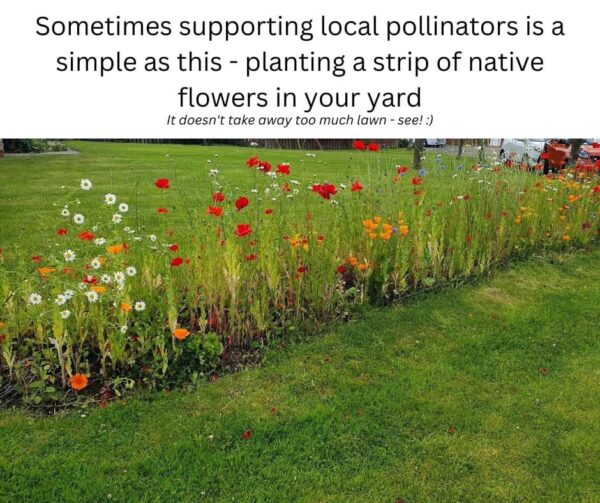Selecting the right plants for your garden is crucial to ensure their health, growth, and overall success. Here are some essential factors to consider when choosing plants for your garden:

1. Climate Compatibility
Start by understanding your climate and the specific conditions in your area. Consider the average temperatures, sunlight exposure, and rainfall patterns. Choose plants that are well-suited to your climate zone, as they will be more likely to thrive and withstand local weather conditions.
2. Sunlight Requirements
Observe the sunlight patterns in your garden throughout the day. Note the areas that receive full sun, partial sun, or shade. Different plants have varying sunlight requirements, so match the plants’ needs with the available sunlight in your garden.
3. Soil Type and Quality
Evaluate your soil type, including its texture (sandy, loamy, clayey) and pH level. Some plants prefer well-draining soil, while others thrive in moist or acidic soil. Conduct a soil test to determine its nutrient levels and make any necessary amendments to improve soil quality.
4. Space and Garden Layout
Consider the available space in your garden, including the size and layout. Determine if you have room for large shrubs, small trees, or if you need to focus on container gardening. Plan the layout to ensure proper spacing between plants, allowing for their mature size and growth habit.
5. Maintenance Requirements
Assess the amount of time and effort you can dedicate to plant maintenance. Some plants require regular watering, pruning, or fertilizing, while others are low-maintenance. Be realistic about the time and resources you can commit to ensure your plants thrive.
6. Purpose and Aesthetics
Decide on the purpose of your garden. Are you looking to create a vegetable garden, a flower bed, or a mix of both? Consider your desired aesthetic, such as color schemes, plant textures, and seasonal interest. Choose plants that align with your vision and create a cohesive and visually appealing garden.
7. Native and Indigenous Plants
Consider incorporating native and indigenous plants into your garden. These plants are well-adapted to the local ecosystem, require less maintenance, and provide valuable habitat for native wildlife. They also tend to be more resistant to pests and diseases.
8. Personal Preferences
Lastly, don’t forget your personal preferences and taste. Choose plants that you find visually appealing, fragrant, or that evoke certain emotions. Gardening should bring you joy, so select plants that resonate with you and create a space that reflects your unique style.
Remember, gardening is a journey of learning and experimentation. Don’t be afraid to try new plants and observe how they thrive in your specific garden conditions. Enjoy the process of discovering the perfect plants that will bring beauty and joy to your outdoor space. Happy gardening!
As an Amazon Associate we earn from qualifying purchases through some links in our articles.




